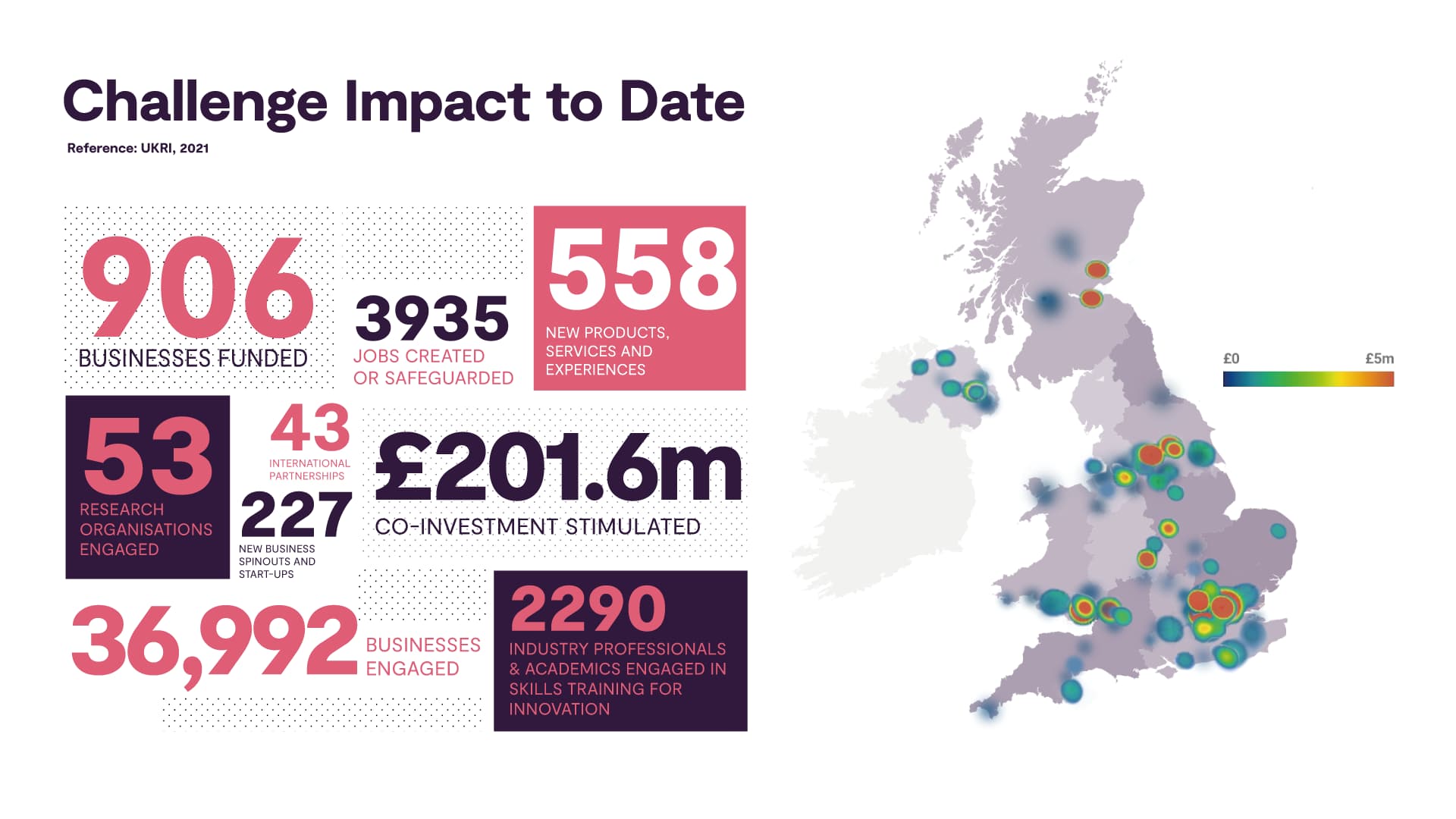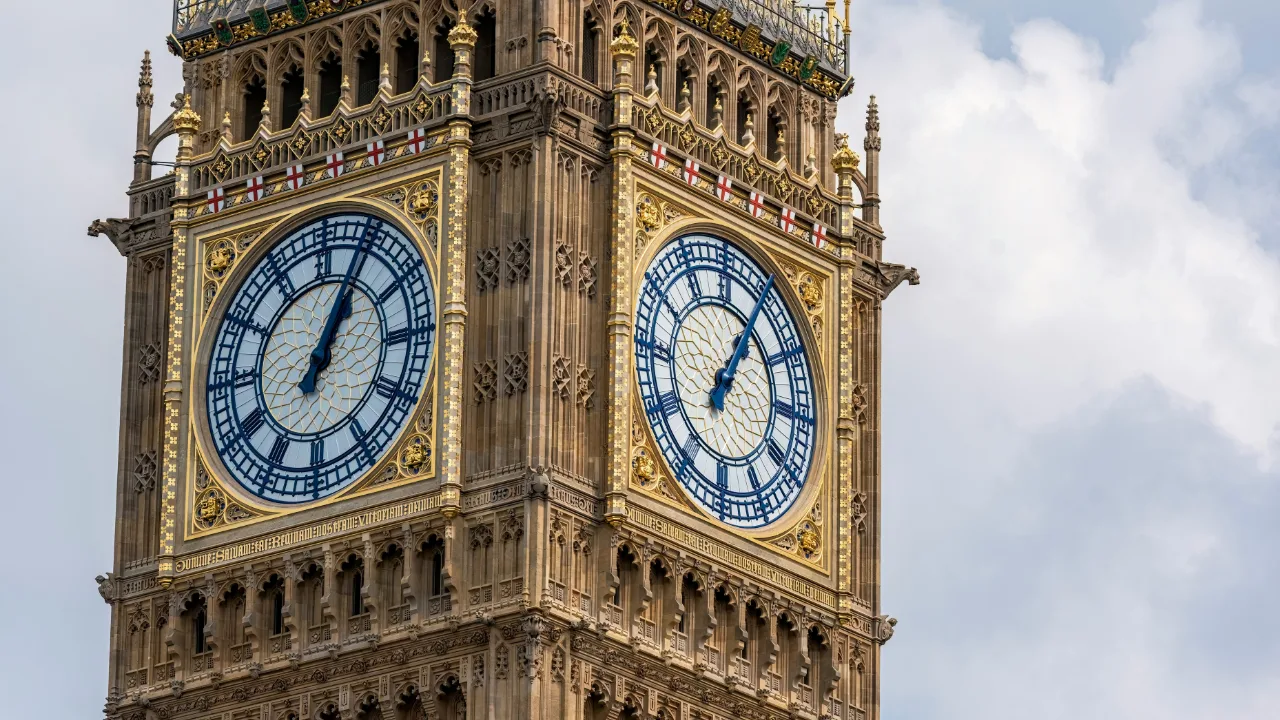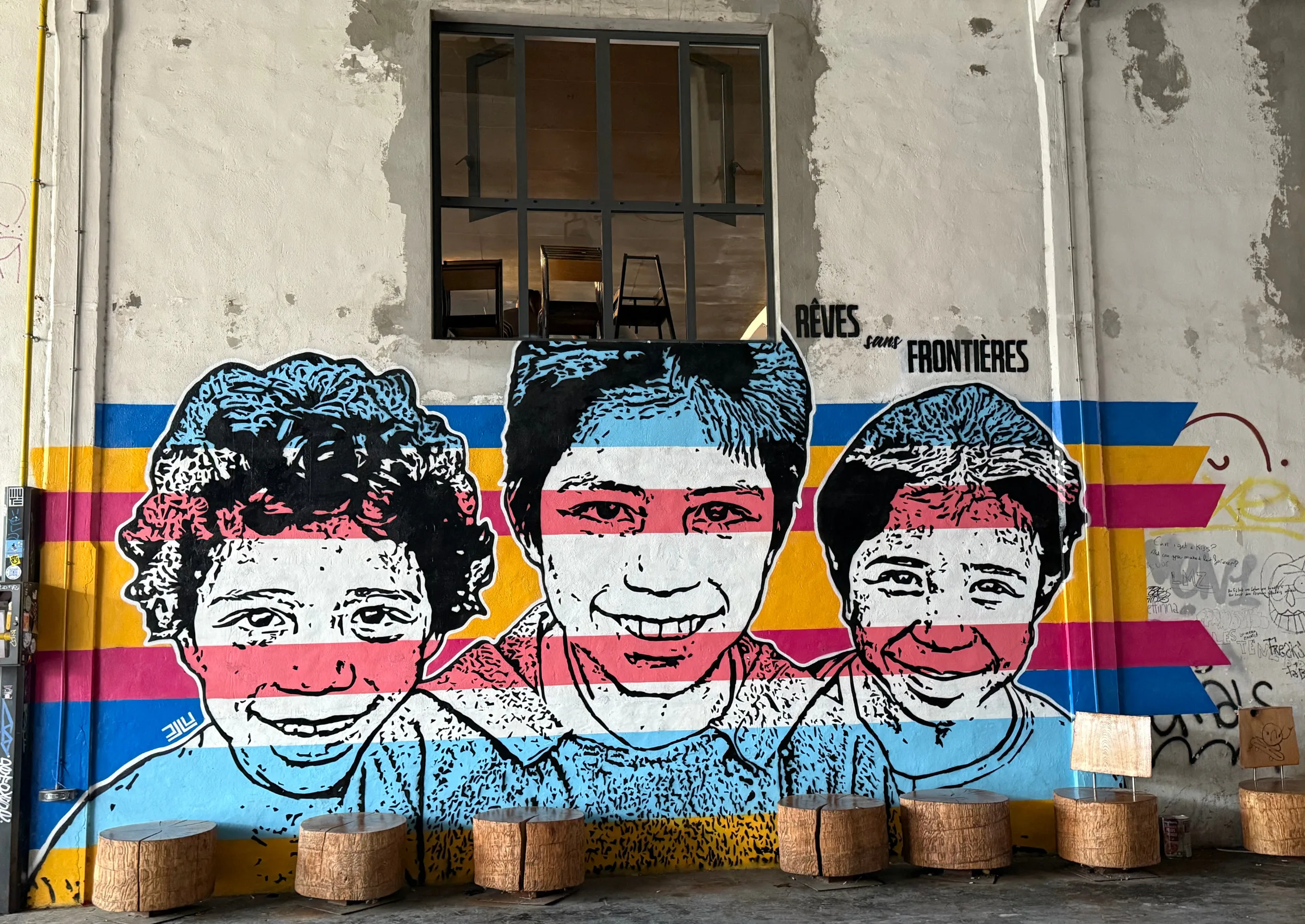After 20 years of evidence gathering, the economic importance of the Creative Industries is widely recognised. Before the pandemic, the sector contributed over £115 billion to the country’s economy – more than life sciences, aerospace and automotive combined. The Government’s ‘Plan for Growth’ acknowledged the Creative Industries as one of a few truly globally competitive UK sectors. But when it comes to innovation and R&D policy the Creative Industries are still seen as much lower priorities than these traditional, science driven sectors.
This needs to change. The future of the UK’s world-beating Creative Industries is increasingly bound up with our ability to adopt, develop and deploy advanced computing technologies at the same time as those same technologies disrupt the things we do. We need to demonstrate that not only do we need R&D investment to retain our global leadership, but that we can use Research and Innovation funding wisely – to deliver a globally competitive workforce, constantly innovating in the development of new products, services and experiences and providing the high value jobs and high growth firms of the future.
In 2018, UKRI and the UK government launched an unprecedented investment programme in Research and Innovation for the Creative Industries, investing £95 million into the sector through two major challenge programmes – the Audience of the Future and Creative Industries Clusters.
After four years leading these Challenges I think we can now say that what was initially a huge (and hugely exciting) experiment has delivered results that must change the game in how we think about R&D funding and how it can work to the benefit of both the Creative Industries and the wider UK.
So what have we learned?
Well, the headline figures (on the graphic below) are impressive. We’ve funded a diversity of projects right across the UK and that’s not a given for R&D funding, by any means. We’ve stimulated a huge number of innovation programmes from immersive technologies to informatics, screen production to fashion design, and supported almost one thousand businesses.

But these are not the limits of this programme’s success – through it we’ve also gained insights into how funding R&D delivers the goods. The first thing we’ve learned is that public R&D funding can drive co-investment from industry and other partners – and to a scale we could hardly have imagined. When we launched the challenge programmes we set a target for match funding of £59 million, about 60%. Twice the level required from a typical InnovateUK grant. We thought that was pretty ambitious for a sector that wasn’t used to R&D funding and was mainly composed of SMEs. But four years later our partners – companies, research organisations, other public funders – have completely transformed our expectations. Currently our co-investment total is £201.6 million and still rising as companies and investors pitch follow-on funds to the innovation developed by the publicly funded R&D. Our £95 million experiment has become a £300m intervention – to quote one of our Advisory Board – we seem to have ‘created a landing strip for other people’s money’.
Why is this important? Because the whole idea of the Challenge programmes was to show a way that the UK can increase its spend on R&D from the current 1.7% of GDP to the 2.4% average of our competitors. Government funding alone can’t fill that gap. What we have shown is that investment of public R&D funds in the Creative Industries can induce and mobilise subsequent private investment. That this seems particularly true of our Clusters Programme, and those clusters in the nations and English regions particularly, is important for anyone seeing the Creative Industries as a potential engine for levelling up. But it also represents a change in thinking. Rather than thinking of ‘match funding’ as an amount committed by partners at the start of a project (a tough sell to companies or investors) we should now think of co-investment as a function of time. The objective is long term gain; to start thinking of a theory of change, of what we want R&D investment to do and how we can measure success.
We’ve also started to identify a clear set of outcomes that we can (and should) expect from R&D programmes in the Creative Industries and which should act as design principles for any future Research and Innovation interventions. We have evidence drawn from over 700 R&D projects from hundreds of small (sub £50k) proof of concept programmes to Audience of the Future’s four multi-million pound technology demonstrators. There’s more to come here but the six principles below encapsulate our current insights into how R&D drives impact in the Creative Industries. I would recommend them to anyone designing the next wave of R&D funding as a baseline to improve on.
1. R&D drives development of new, commercially viable, immersive products and services
This may seem pretty obvious but our evidence suggests that structured R&D activities deliver new products and services to market quicker than creative processes alone. We’re gathering data on which particular R&D approaches may be particularly effective and I’ll blog about that in the future.
To see how Fictioneers and Aardman used R&D funding from the Audience of the Future programme to create new Augmented Reality products and services, watch our case study video: The Big Fix Up
2. R&D funding can align investment with innovation
Working with Innovate UK’s investment partnerships team we ran an Investment Accelerator competition where companies pitched for innovation funding but to be successful had to also secure a commitment from one of a group of investors we had recruited separately. Successful projects brought investors into businesses earlier than they were used to, de-risked by our R&D funding. Many have now funded further rounds of investment. To see how this worked for Northern Ireland based Humain, experts in AI and 3D facial rigging, watch our case study video
3. Challenge-based R&D models can drive innovation across supply chains
Many large businesses have innovation challenges that can best be solved by drawing on the skills, imagination and creativity of agile SMEs. Successful solutions offer SMEs access to larger companies, distribution channels, supply chains and cashflows. R&D competitions where large companies set a challenge for SMEs to provide solutions provides a brokerage model that both sides can benefit from. To see how this worked for Doncaster-based Prox and Reverie and how their remarkable Interchange proposition took them to Hollywood courtesy of WarnerMedia, watch our case study video: INTERCHANGE
4. R&D can drive scale up of small and medium sized businesses across the UK if connected to an innovation ecosystem
That R&D funding can drive innovation seems relatively straightforward but designing programmes that can also drive scale-up of the UK’s wealth of undercapitalised small and micro creative companies is more complex. It requires connection between different parts of the research and innovation ecosystem and people who can actively help companies make connections and opportunities. To see how Glasgow based Digitalnauts connected their R&D funding to innovation opportunities and grow from three people to provide VR training to Bluechip companies watch our case study video: Digitalnauts
5. Large scale R&D demonstrators drive sector transformation
The scale of the technology challenges for some sectors of the Creative Industries exceeds the resources of individual companies to respond. Large scale technology demonstrators that can bring together partners from across a sector to experiment in pre-commercial R&D can deliver step changes in approach. Research partners and participants can share the results with the wide sector to maximise impact. To see how UKRI’s Audience of the Future programme supported the sector wide Performance Demonstrator lead by the Royal Shakespeare Company (but including Manchester International Festival, Marshmallow Laser Feast, Philharmonia Orchestra, Punchdrunk, Intel, Epic Games and Goldsmiths, De Montfort and Portsmouth Universities) watch our Case study video: RSC’s Dream
6. Successful innovation models between creative businesses & universities increase participation in R&D
Our nine university/business creative cluster partnerships have developed a diverse range of ways to do applied R&D with creative businesses, from access to facilities to fellowship programmes, open R&D calls to collaborative labs. Bringing creative businesses and STEM, arts and business researchers together is relatively new but a body of evidence is building on the most effective R&D to deliver impact – be that co-investment funds, skills, innovation in products and services, audience insights or increased revenues. To see how the StoryFutures Creative Cluster has developed their £1.3 millionStoryLab programme (supported by £780k from businesses including Heathrow Airport and The National Gallery) watch our Case study video: StoryLab
Investment in R&D is crucial to the future success of the UK’s creative businesses and to our wider creative economy. The R&D partnerships that the Challenge programmes have created across the UK have attracted significant new investment and are demonstrating the value of large-scale intervention. Moving forward, we need an underpinning R&D infrastructure to support the innovation and transformation being undertaken, and a programme of adoption and diffusion to ensure that the benefits are realised across the economy. Future interventions might build on Audience of the Future to support the UK’s transition to a world of advanced virtual production, the metaverse or mixed reality or build on the Creative Industries Clusters Programme by using research and innovation to catalyse local and regional investment and growth. But these interventions can now confidently build on evidence – we no longer need to just hope that investment in creative R&D works, but there are now insights as to how it works and how we might be able to optimise outcomes. No longer do we have to hit and hope – or fund and forget.
R&D funding is not charity; it is not enough to point out we don’t have ‘our share’. We now have the beginnings of an evidence base showing that we can deliver impacts from R&D as significant as those from deploying the same precious public funds in the UK’s other globally competitive sectors – life sciences, engineering, aerospace, automotive and zero carbon solutions. These sectors may struggle to deliver the cultural dividend of the Creative Industries but on its own culture will not be enough to justify increased R&D spend. We need to deliver world class innovation skills, high value jobs and truly high growth firms. This means playing in the big leagues when it comes to R&D; our ambitions must go beyond small schemes and handouts and become big players in the creative application of advanced computing, virtual production, new materials, mixed reality, digital manufacturing, decarbonisation and AI. All measured against the evidence base we have started to build.
This blog was published as part of the PEC’s spotlight on R&D week which ran between 14-18 February 2022.
Image: The Big Fix Up by Aardman and Fictioneers
Related Blogs
What UK Job Postings Reveal About the Changing Demand for Creativity Skills in the Age of Generative AI
The emergence of AI promises faster economic growth, but also raises concerns about labour market di…
Creative PEC’s digest of the 2025 Autumn Budget
Creative PEC's Policy Unit digests the Government’s 2025 Budget and its impact on the UK’s creative …
Why do freelancers fall through the gaps?
Why are freelancers in the Performing Arts consistently overlooked, unseen, and unheard?
Insights from the Labour Party Conference 2025
Creative PEC Policy Adviser Emily Hopkins attended the Labour Party Conference in September 2025.
Association of South-East Asian Nations’ long-term view of the creative economy
John Newbigin examines the ASEAN approach to sustainability and the creative economy.
Take our Audience Survey
Take our quick survey and you might win a National Art Pass.
Culture, community resilience and climate change: becoming custodians of our planet
Reflecting on the relationship between climate change, cultural expressions and island states.
Cultural Industries at the Crossroads of Tourism and Development in the Maldives
Eduardo Saravia explores the significant opportunities – and risks – of relying on tourism.
When Data Hurts: What the Arts Can Learn from the BLS Firing
Douglas Noonan and Joanna Woronkowicz discuss the dangers of dismissing or discarding data that does…
Rewriting the Logic: Designing Responsible AI for the Creative Sector
As AI reshapes how culture is made and shared, Ve Dewey asks: Who gets to create? Whose voices are e…
Reflections from Creative Industries 2025: The Road to Sustainability
How can the creative industries drive meaningful environmental sustainability?
Creating value: the creative economy beyond culture by Marta Foresti
Marta Foresti explains the value of international cooperation as she becomes Chair of the GCEC.












